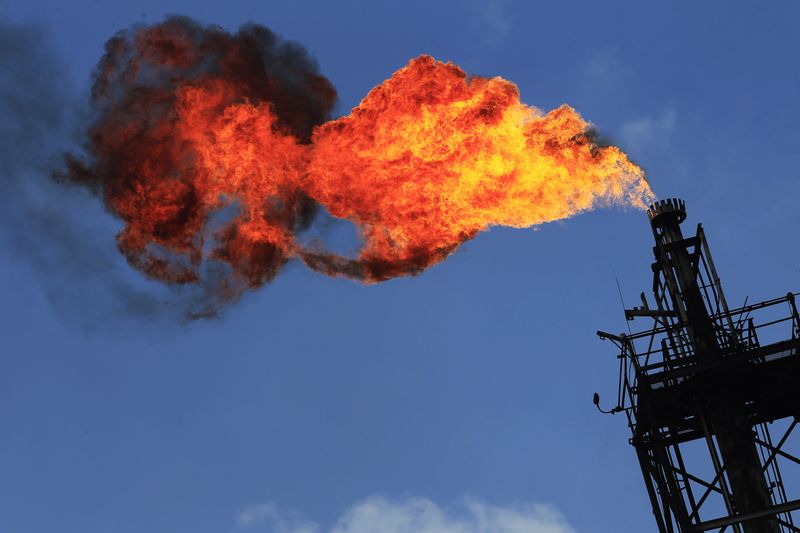Natural gas continues to fall due to weak demand
2022.12.22 11:51
[ad_1]

Natural gas continues to fall due to weak demand
Budrigannews.com – The United States is about to experience bone-chilling temperatures, but not fast enough for investors in the natural gas market. On Thursday, after disappointing data on heating demand, prices of the fuel fell again.
For the week ending December 16, the U.S. Energy Information Administration (EIA) reported that utilities across the country drew 87 billion cubic feet (bcf), in contrast to market expectations of 93 bcf.
Gelber & Associates, a Houston-based energy markets consultancy, stated in a note to its clients, “Even though a major Polar blast will dominate much of the US over the next few days and usher in wind chills to nearly 0 degrees (Fahrenheit) in far southern locations such as Houston, Texas, the [pre-] warm-up appeared to be more of a driver than the bitter cold event.”
By 11:00 ET (16:00 GMT), the Henry Hub on the New York Mercantile Exchange was down 7.6 cents, or 1.4%, to $5.256 per million metric British thermal units, or mmBtu. It had earlier reached a session low of $5.187 per mmBtu, which was the lowest it had been since Oct. 25.
The entire month of December has seen a 22% decline in gas futures, with this week accounting for 20% of that loss.
The decline has totaled more than 30% over the past four weeks. Prior to that, the market experienced a rise of nearly 20% from mid-to-late November on the assumption that the entire United States would experience a freeze during the Christmas week and into the new year.
Both the ECMWF, which is the default version used for Europe, and the Global Forecast System, which is the weather forecasting model that is preferred for the United States, are predicting cooler temperatures beginning next week that could last into the first week of January. That contrasts with the extremely low temperatures predicted by the two models for this Friday through the end of the year.
John Kilduff, a partner at the energy hedge fund Again Capital in New York, stated, “This is one of the most whimsical periods for year-end weather forecasting that I’ve seen in years.” It provides an explanation for the kind of jerky volatility we’ve experienced over the past month.”
Gelber & Associates stated that Gelduff was correct:
“It appears that additional upside potential outweighs further downside risk because the longer-range weather forecast models point to another major Arctic outbreak during the second week of January.”
More Oil rising due to bad weather in U.S.
“More topsy-turvy price action will likely continue for the next week through the New Year’s holiday because overall market participation will be thin, which may open the door to wildly swinging prices” until the gas market is presented with some new bullish price-setting mechanisms.
According to the consultancy, dry gas production must also significantly decrease in order to maintain a prolonged gas rally.
In terms of output, dry gas volumes remain close to 99 bcf per day, down from a peak of around 102 bcf/d in November. Additional losses are likely to result from widespread production well freezing. However, overall output is still up approximately 1.5 bcf/d year over year, making traders reluctant to support a gas rally at this time.








